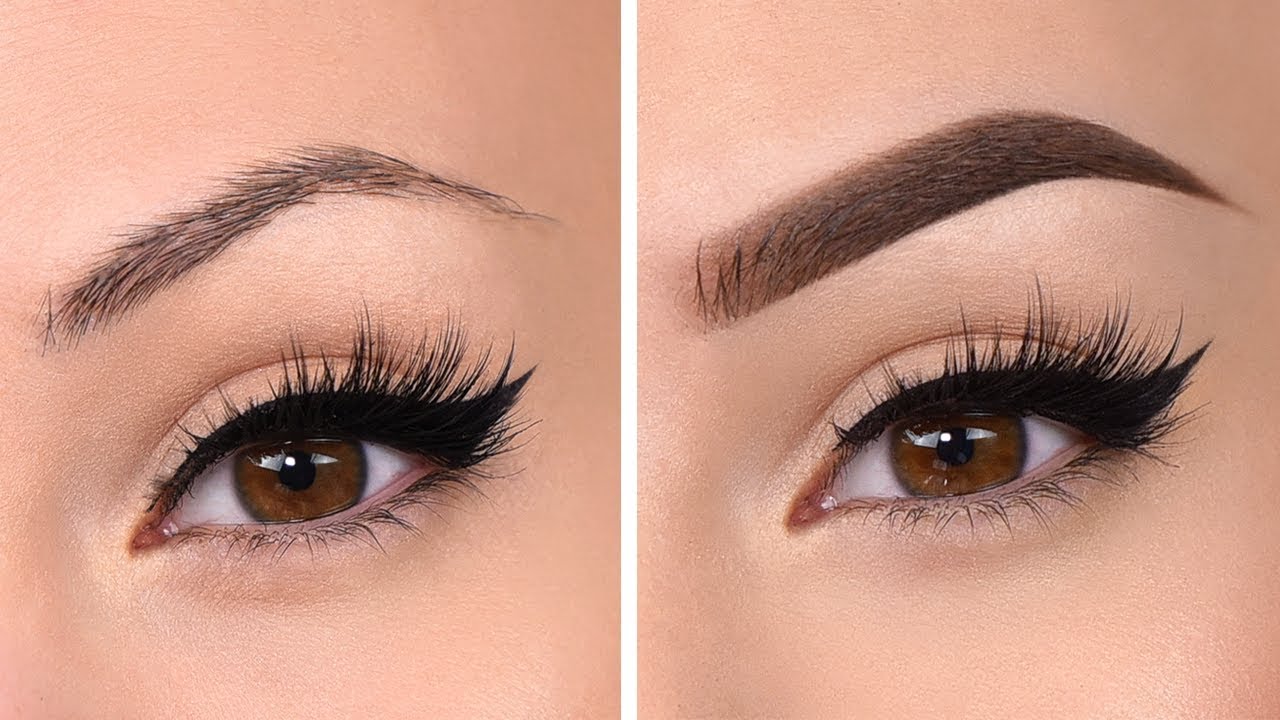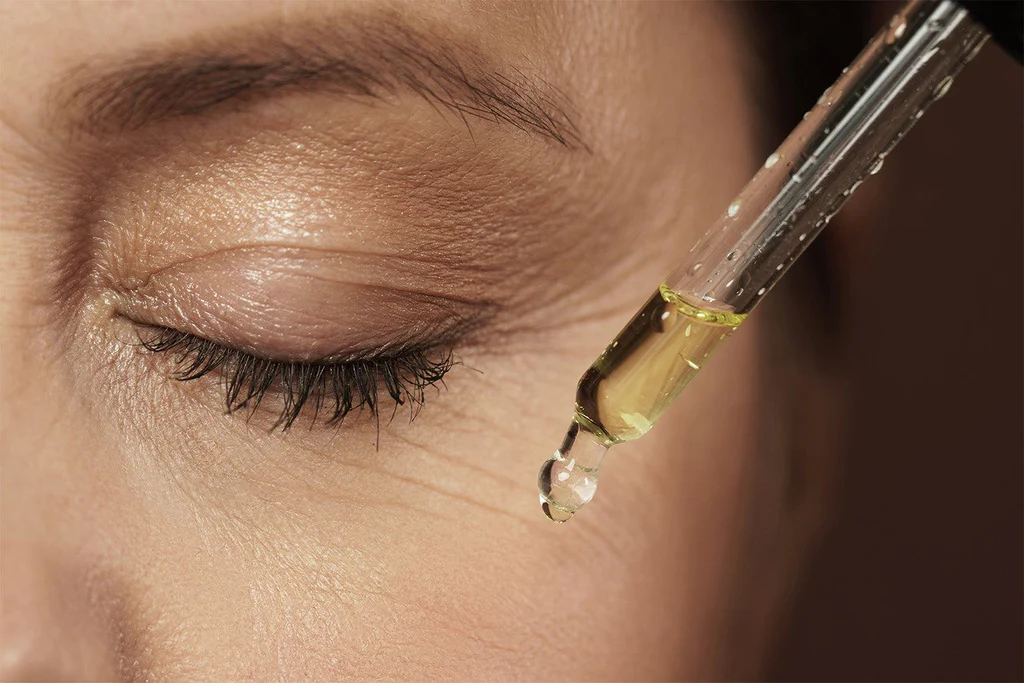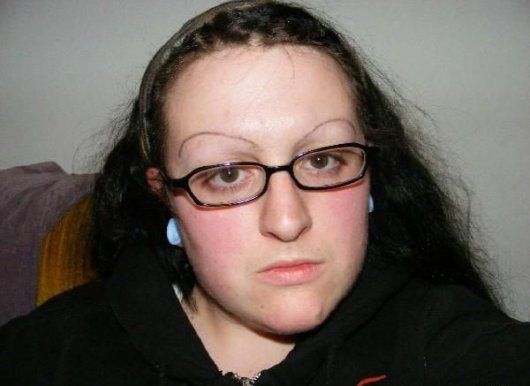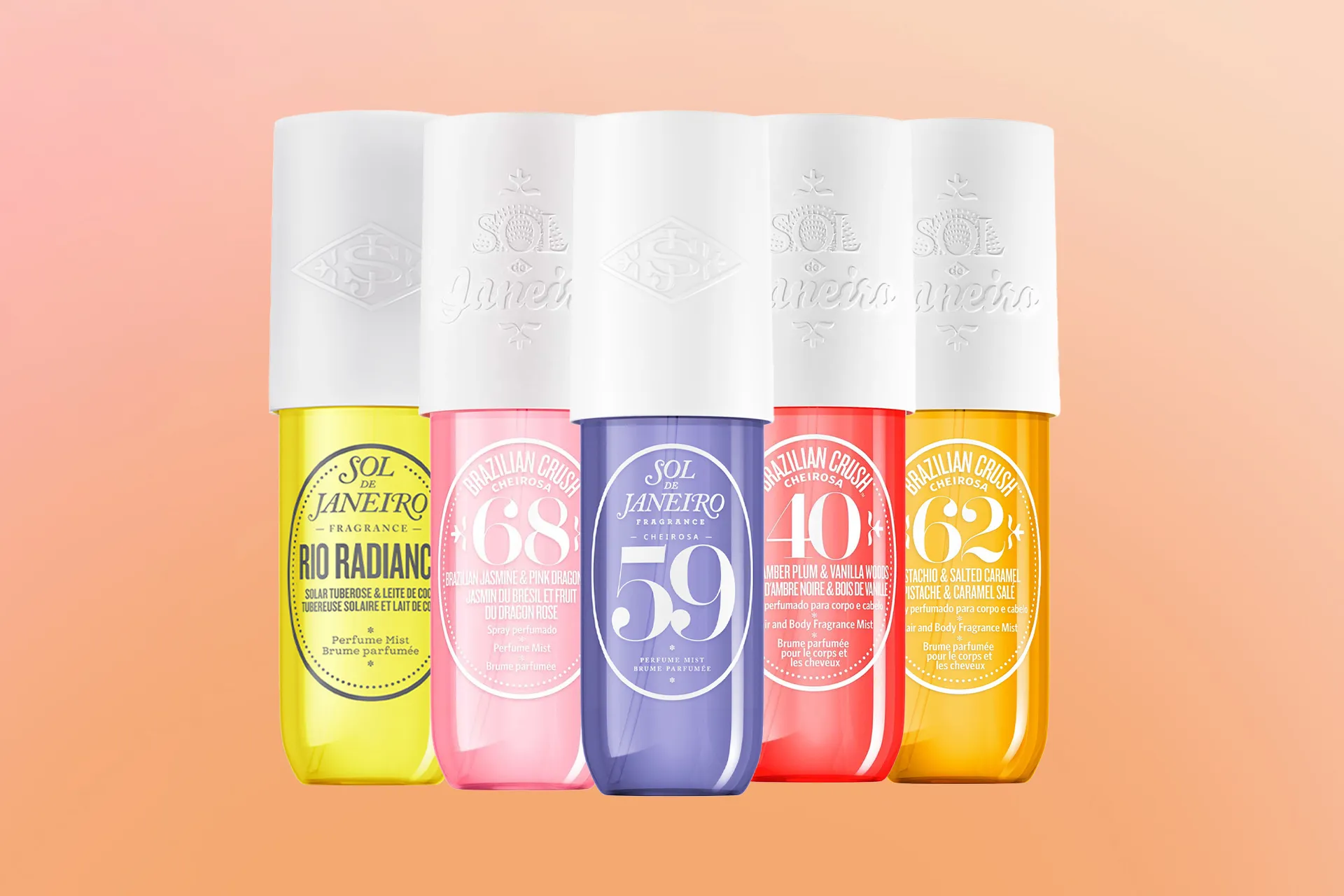Eyebrow piercings are a popular form of facial piercing that can add some edge and personality to your look. Whether you want to go for a subtle or bold style, there are many options and variations to choose from. But before you decide to get an eyebrow piercing, there are some things you should know about the process, the risks, the healing, and the aftercare. In this blog post, we will answer some of the most frequently asked questions about eyebrow piercings and give you some tips and advice on how to get the best results.
What is an eyebrow piercing?
An eyebrow piercing is a type of surface piercing that goes through the skin above or below the eyebrow. It can be placed anywhere along the eyebrow, but it is usually located just past the arch of the eyebrow. The most common type of eyebrow piercing is the vertical one, where the jewelry goes in from the top and comes out from the bottom of the eyebrow. However, there are also other types of eyebrow piercings, such as the horizontal one, where the jewelry goes in from one side and comes out from the other side of the eyebrow, or the anti-eyebrow one, where the jewelry goes in from the lower eyelid and comes out from the cheekbone.
How much does an eyebrow piercing cost?
The cost of an eyebrow piercing depends on several factors, such as the location, the experience of the piercer, the type of jewelry, and the aftercare products. In general, the price range for an eyebrow piercing is between $30 and $40, not including the tip. However, this may vary depending on where you live and where you go to get your piercing done. It is always advisable to do some research and compare different options before choosing a piercing studio. You should also look for reviews and recommendations from previous customers and make sure that the studio is clean, licensed, and follows proper safety and hygiene standards.
How much does an eyebrow piercing hurt?
The pain level of an eyebrow piercing is different for everyone, depending on their pain tolerance, the thickness of their skin, and the skill of the piercer. However, most people agree that an eyebrow piercing is not very painful compared to other types of piercings. You will feel a sharp pinch and some pressure as the needle goes through your skin, but it will be over quickly. The piercing itself usually takes less than a minute to complete. You may also feel some discomfort and swelling after the piercing, but this should subside within a few days. To reduce the pain and inflammation, you can apply a cold compress, take some over-the-counter painkillers, and avoid touching or moving your jewelry.
How long does an eyebrow piercing take to heal?
The healing time of an eyebrow piercing varies from person to person, depending on their immune system, their lifestyle, and their aftercare routine. On average, an eyebrow piercing takes about 2 to 3 months to heal completely. However, this does not mean that you can change or remove your jewelry before that. You should keep your initial jewelry in until your piercing is fully healed, unless you have an allergic reaction or an infection. Changing or removing your jewelry too soon can cause irritation, scarring, or rejection of the piercing.
How do I take care of my eyebrow piercing?
The aftercare of an eyebrow piercing is very important to prevent infections, complications, and rejection of the piercing. You should follow these basic steps to keep your piercing clean and healthy:
- Wash your hands before and after touching your piercing.
- Clean your piercing twice a day with a saline solution or a mild soap and water. Gently rinse and pat dry with a clean paper towel.
- Avoid using alcohol, hydrogen peroxide, or harsh chemicals on your piercing, as they can dry out and damage your skin.
- Avoid wearing makeup, creams, or lotions near your piercing, as they can clog the piercing and cause irritation.
- Avoid waxing, threading, or plucking your eyebrows while your piercing is healing, as they can pull on the jewelry and cause trauma. You can use tweezers to remove any stray hairs, but be careful not to touch the piercing.
- Avoid sleeping on your piercing, as this can put pressure and friction on the jewelry and delay the healing. Try to sleep on your back or on the opposite side of your piercing.
- Avoid swimming, tanning, or exposing your piercing to direct sunlight, as this can increase the risk of infection and fading of the jewelry.
- Avoid playing with, twisting, or changing your jewelry, as this can irritate the piercing and cause rejection. Only touch your jewelry when you need to clean it or when instructed by your piercer.
What are the risks and side effects of an eyebrow piercing?
Like any other type of piercing, an eyebrow piercing comes with some potential risks and side effects that you should be aware of. Some of the most common ones are:
- Infection: This is the most serious and common complication of an eyebrow piercing. It can occur if you do not clean your piercing properly, if you use unsterile equipment or jewelry, or if you come into contact with bacteria or germs. Signs of infection include redness, swelling, pain, pus, fever, and foul odor. If you suspect an infection, you should see a doctor as soon as possible and follow their instructions. Do not remove your jewelry unless told to do so, as this can trap the infection inside and make it worse.
- Rejection: This is when your body treats the jewelry as a foreign object and tries to push it out of your skin. This can happen if your piercing is not deep enough, if your jewelry is too thin or heavy, or if you irritate your piercing too much. Signs of rejection include thinning of the skin, migration of the jewelry, and exposure of the jewelry ends. If you notice rejection, you should remove your jewelry and let the piercing close. You may be able to get your piercing redone after it heals, but you may have a scar.
- Scarring: This is when your skin forms a raised or discolored tissue around the piercing. This can happen if your piercing gets infected, rejected, or traumatized. Scarring can be permanent or fade over time, depending on the severity and your skin type. You can try to reduce scarring by using silicone gel or cream, massaging the area, or applying vitamin E oil. However, some scars may require medical or cosmetic treatment to remove.
- Allergic reaction: This is when your body reacts negatively to the material of the jewelry. This can happen if you are allergic or sensitive to certain metals, such as nickel, copper, or brass. Signs of allergic reaction include itching, rash, swelling, blistering, and inflammation. If you have an allergic reaction, you should remove your jewelry and replace it with a hypoallergenic one, such as titanium, gold, or surgical steel. You can also take antihistamines or apply cortisone cream to relieve the symptoms.
What kind of jewelry can I wear in my eyebrow piercing?
The type of jewelry that you can wear in your eyebrow piercing depends on your personal preference, your anatomy, and your healing stage. The most common types of jewelry for eyebrow piercings are:
- Curved barbell: This is a curved metal rod with a ball or a gem on each end. It is the most popular and versatile type of jewelry for eyebrow piercings, as it can fit any angle and style of the piercing. It is also easy to insert and remove, and it does not catch on clothing or hair.
- Captive bead ring: This is a metal ring with a ball or a bead that snaps into place. It is a classic and simple type of jewelry for eyebrow piercings, but it can be more difficult to insert and remove, and it can rotate and move around the piercing. It can also catch on clothing or hair and cause irritation.
- Circular barbell: This is a metal ring with a ball or a gem on each end. It is similar to a curved barbell, but it has a larger curve and a smaller gap. It can give the illusion of a ring, but it is more comfortable and stable than a captive bead ring. It can also be adjusted to fit different angles and styles of the piercing.
- Eyebrow spike: This is a metal rod with a pointed or tapered end. It is a unique and edgy type of jewelry for eyebrow piercings, but it can be more uncomfortable and risky than other types. It can poke or scratch your skin or eye, and it can get caught on clothing or hair and cause injury.
The size and gauge of the jewelry that you can wear in your eyebrow piercing also depend on your personal preference and your anatomy. However, the standard size and gauge for eyebrow piercings are 16 gauge and 5/16 inch or 3/8 inch. You should always consult your piercer before changing or choosing your jewelry, and you should only wear high-quality and sterilized jewelry that suits your skin type and your piercing.
Can I hide my eyebrow piercing?
If you need to hide your eyebrow piercing for work, school, or other reasons, there are some ways that you can do so without removing your jewelry. However, you should only do this after your piercing is fully healed, and you should not do it for long periods of time. Some of the ways that you can hide your eyebrow piercing are:
- Using a retainer: This is a clear or flesh-colored plastic or glass piece that replaces your jewelry and makes your piercing less visible. You can find retainers in different shapes and sizes, such as curved barbells, circular barbells, or plugs. You should only use retainers that are made of biocompatible and non-porous materials.
- Using a band-aid: This is a simple and cheap way to cover your piercing with a small adhesive bandage. You can choose a band-aid that matches your skin tone or your eyebrow color, and cut it to fit your piercing. However, you should not use a band-aid that is too tight or too sticky, as this can irritate your piercing and cause infection.
- Using makeup: This is a more subtle and natural way to conceal your piercing with some foundation, concealer, or powder. You can apply some makeup over your piercing and blend it with your skin. However, you should not use too much makeup or makeup that is not suitable for your skin type, as this can clog your piercing and cause irritation.
- Using a hat or a scarf: This is a more casual and stylish way to hide your piercing with some accessories. You can wear a hat or a scarf that covers your eyebrow and your piercing. However, you should not wear anything that is too tight or too rough, as this can rub against your piercing and cause irritation.
How do I remove my eyebrow piercing?
If you decide to remove your eyebrow piercing for any reason, you should do it carefully and safely. You should follow these steps to remove your piercing:
- Wash your hands and your piercing with soap and water.
- Unscrew or unclip the jewelry from your piercing. You may need some pliers or tweezers to help you with this. Be gentle and do not pull or tug on the jewelry.
- Clean the piercing hole with some saline solution or antiseptic. You can also apply some antibiotic ointment or cream to prevent infection.
- Let the piercing hole close naturally. Do not try to force it closed or use any glue or tape. This can cause scarring and damage to your skin.
- Keep the area clean and moisturized until it heals. You can use some vitamin E oil or aloe vera gel to help with the healing and reduce scarring.
Conclusion
Eyebrow piercings are a fun and fashionable way to express yourself and enhance your appearance. However, they also require some care and responsibility to avoid any problems or complications. You should always do your research and consult a professional piercer before getting an eyebrow piercing. You should also follow the aftercare instructions and monitor your piercing for any signs of infection, rejection, or allergic reaction. If you have any questions or concerns about your eyebrow piercing, you should contact your piercer or your doctor for advice. Remember, your eyebrow piercing is a part of you, so treat it well and enjoy it!
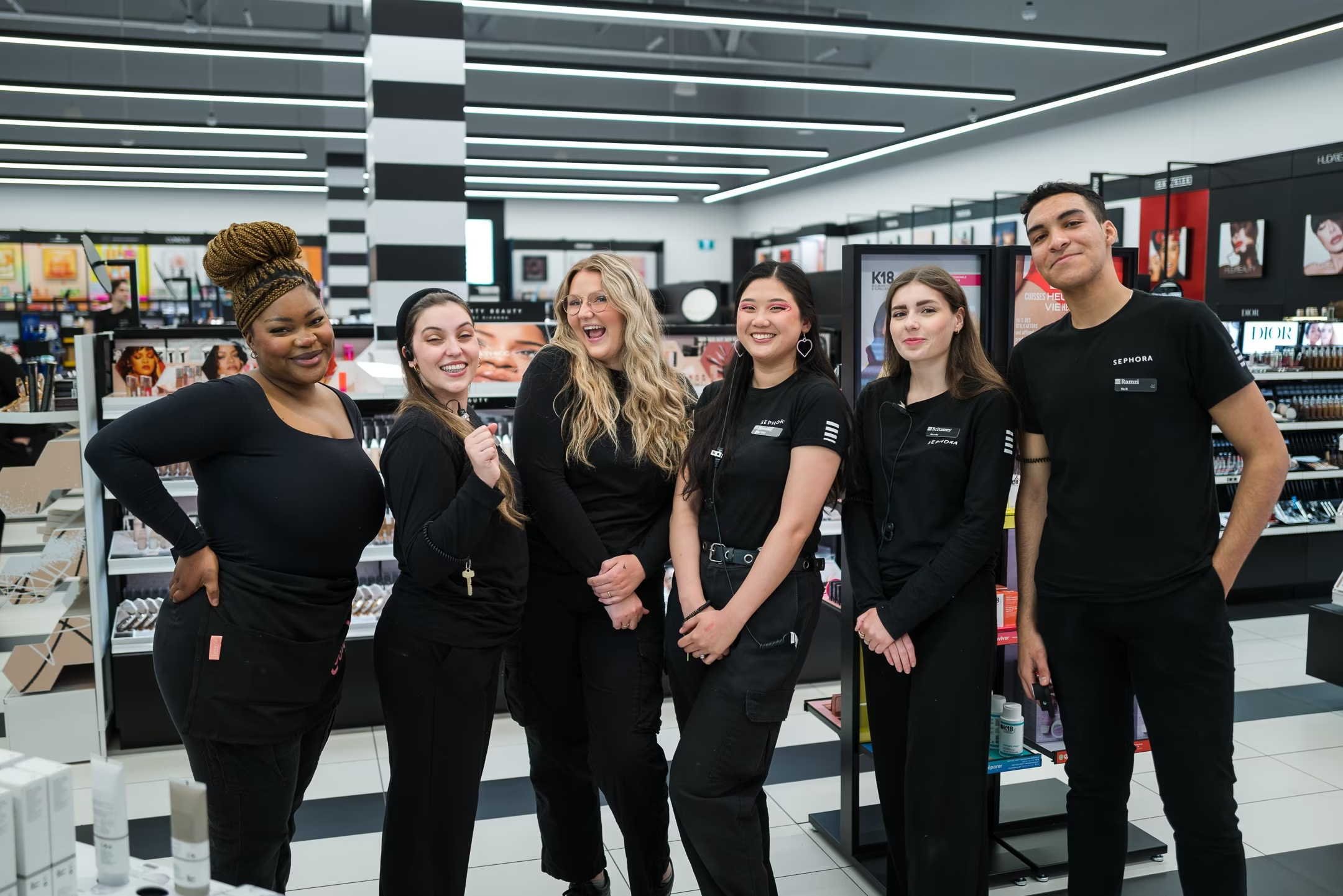
 By
Your Beauty Plug
By
Your Beauty Plug

